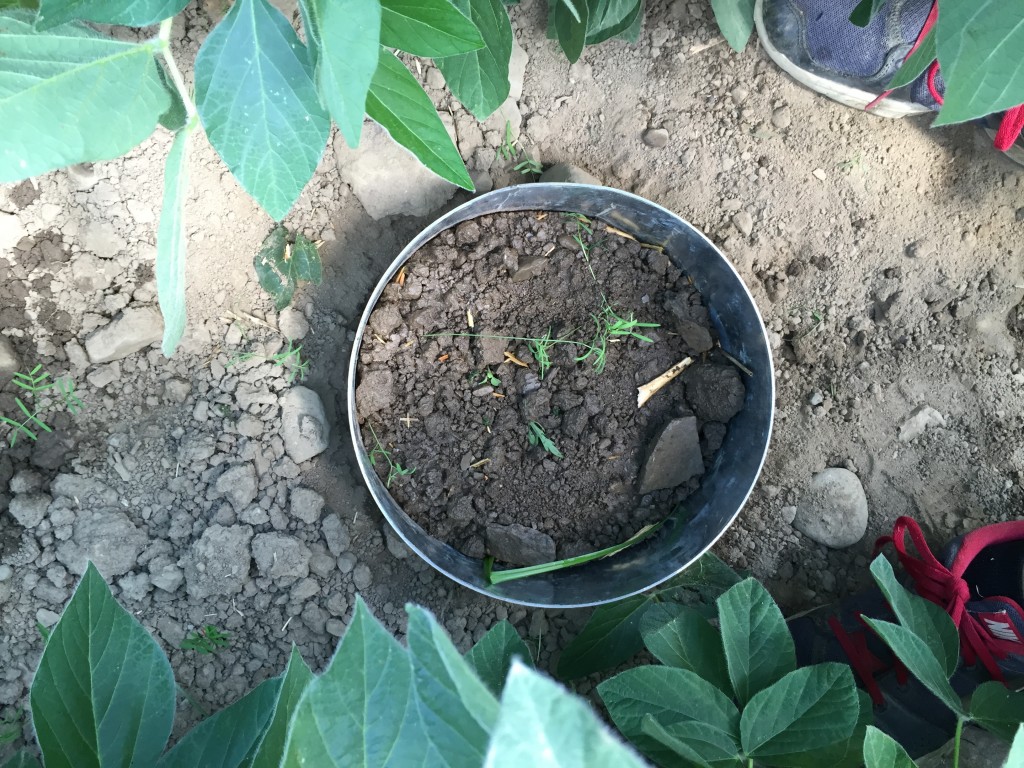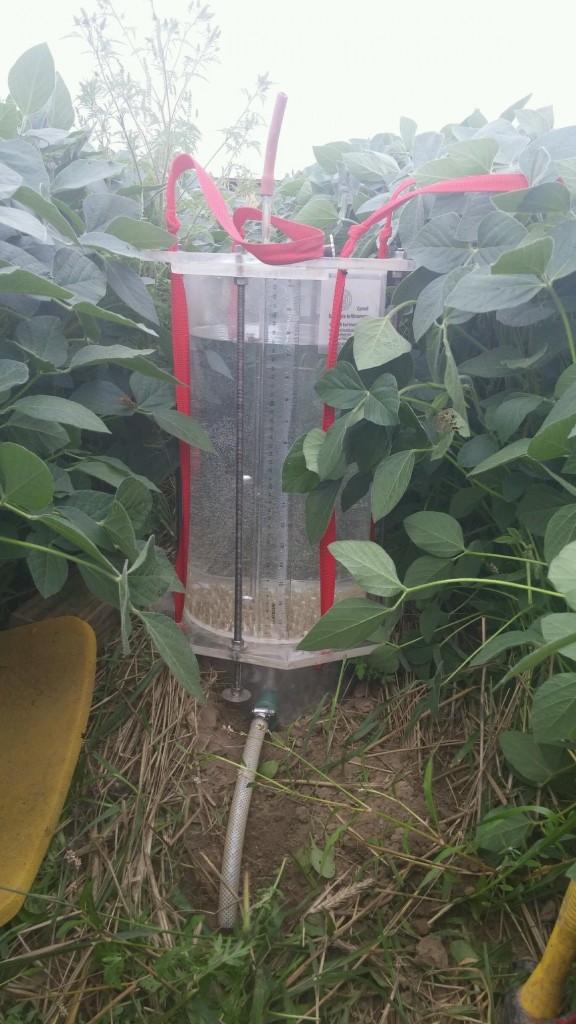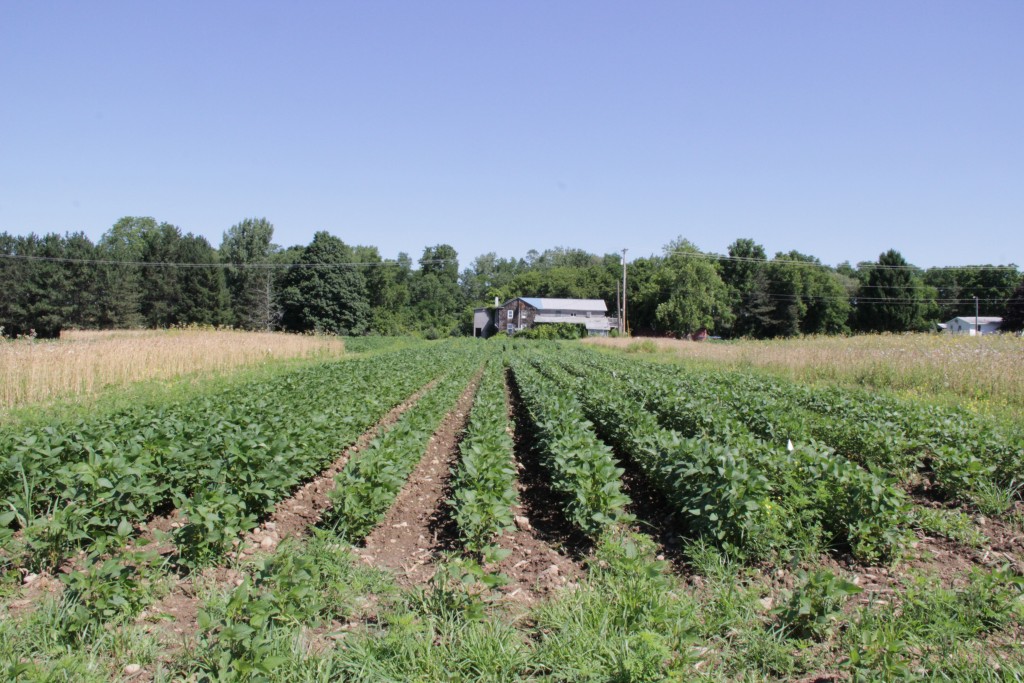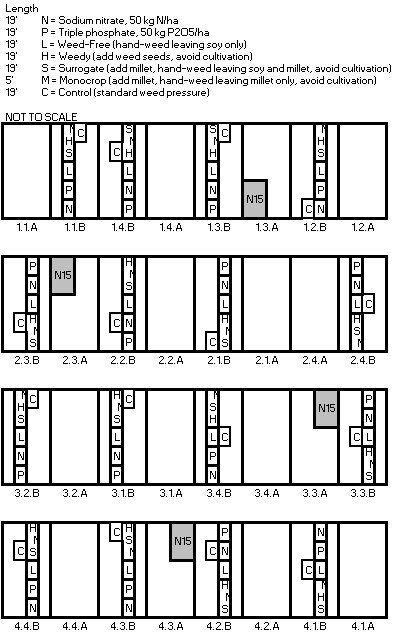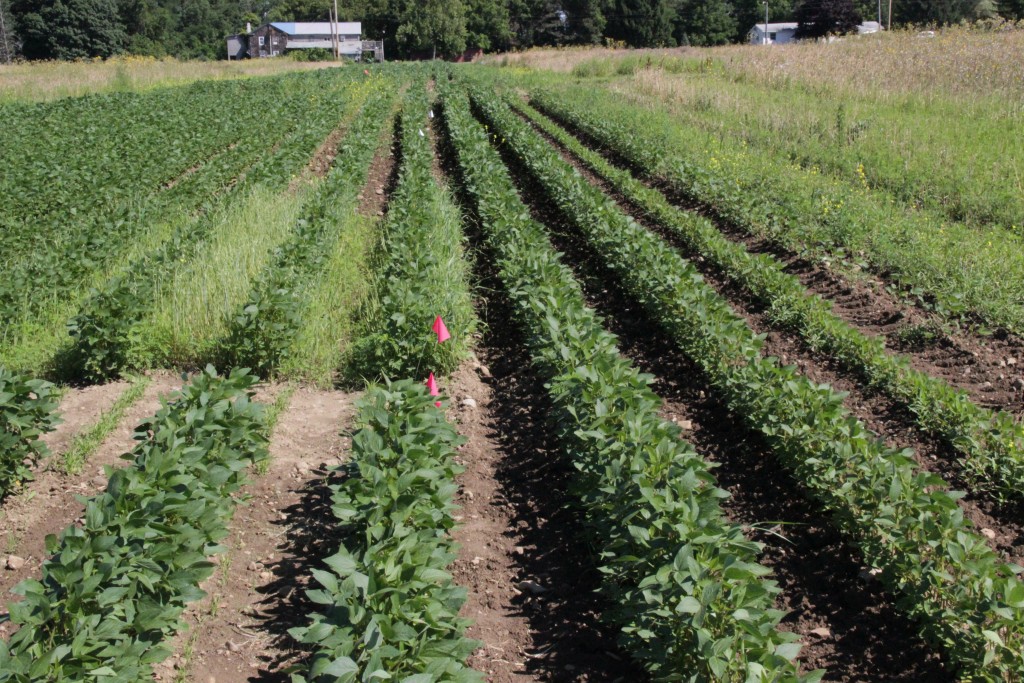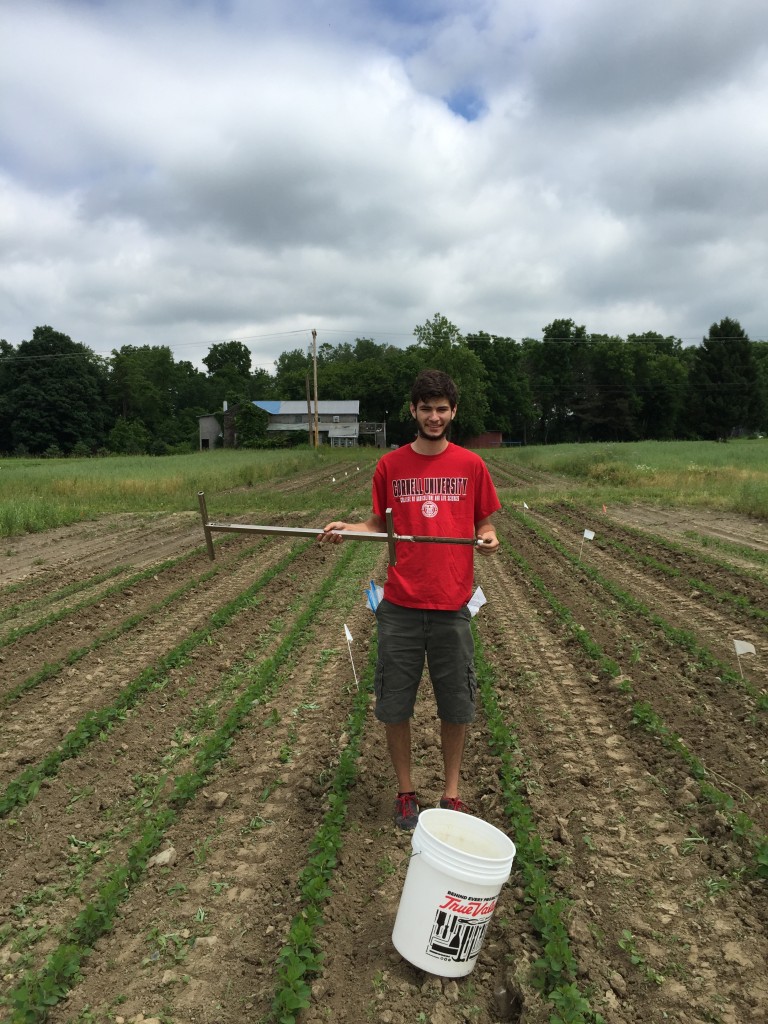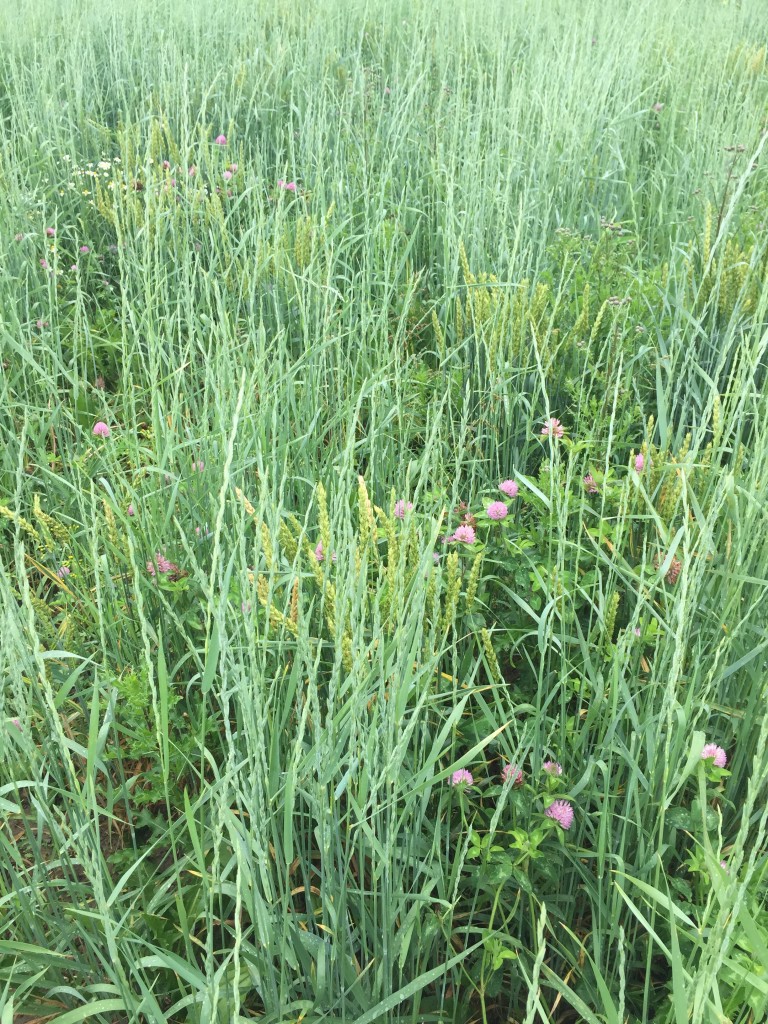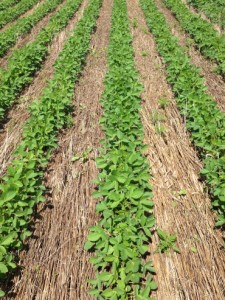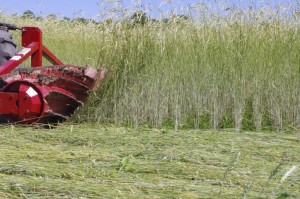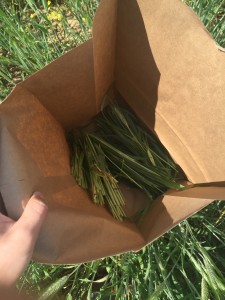My plan for this last blog post is to fill in some missing details and provide a final reflection of my summer working for the Sustainable Cropping Systems Lab.
Over the course of the summer, I have been writing about specific experiments that I had been involved in. However, there were other projects that I was involved in. Early in the summer, our lab aided the Cornell small farm program on a tillage experiment. This project was very memorable for our lab because it involved transplanting 20,000 cabbages by hand over three days. The experiment was testing the effect of different combinations of tillage and above ground applications. There were three above ground applications: mulch, compost, and no application. The tillage treatments were different intensifications of tillage. While we were only involved in the three days of planting, after harvest I did get to have some of the cabbages.
Over the course of the semester, I worked a lot with the Laurie Drinkwater Lab. I worked collecting biomass samples and processing samples for one of the Phd candidates, Emily Reiss. I also weeded plots for another grad student in the Drinkwater lab, Bryan Emmett.
Overall, I loved working for the Sustainable Cropping Systems Lab. Coming from a vegetable production background, I was able to learn so much more about grain production and cover crop management. I have also learned how a work environment can make a job. The Ryan Lab was made up of amazing people. As the leader of the lab, Matt Ryan, he set the tone. He emphasized how we should be using our time at the lab as a learning experience. Our lab manager, Chris, and research technician, Sandra, who we also called mom and dad, were incredible. They gave us the independence to work on certain projects. They answered so many of our questions and made the monotonous tasks fun. The grad students, Jeff Liebert, Margaret Ball, Connor Youngerman, Kiera Crowley, and Ann Bybee-Finley always made us feel appreciated which made coming to work every day that much better. In all, there were about 8 research assistants including myself. With so many different characters, it was a very entertaining summer. I think the combination of the people I was working with and the research we were involved in led me to gain a sense of pride in the lab and in my work.
Lastly, I have enjoyed the summer so much that I will continue to work for the Cornell
Sustainable Cropping Systems Lab through the semester. I encourage anyone who has been interested in my summer work or who is interested in working for Matt Ryan’s Sustainable Cropping Systems Lab to contact me.



